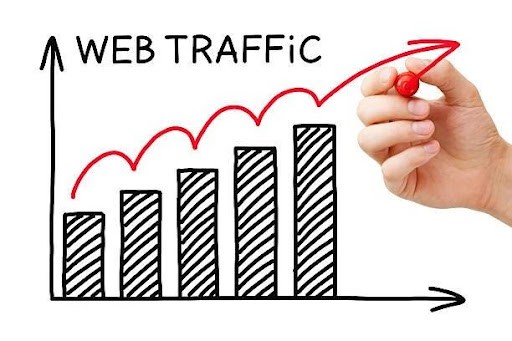Amid the hustle and bustle of today’s fast-paced world, it can be difficult to make decisions about running your business. You need to drive engagement and interaction with your customers while giving them something they can’t live without. That’s where making data-driven decisions comes into play. If you know and understand customer behavior, you can make better decisions overall. Whether you’re an e-commerce startup or an established B2B organization, website heatmaps can be an asset in your analytical toolbox. In this article, we’ll tell you how.
What Are Heatmaps
In the wonderful world of website analytics, Heatmaps are one of the best resources for understanding audience/customer behavior, decisions, and actions. A heatmap is merely a color-coded visual representation of accumulated data. They can be used in everything from finance and real estate to understanding website analytics. Website heatmaps provide insight, crucial analytics, and valuable data. Through the incorporation of various other tools, you can understand user interaction, map out potential conversion points, tweak layouts, make improvements, and find new ways to optimize everything from the website experience to possible conversion opportunities.
Improve Site Layouts
A great deal can be said about the importance of site layout, navigation, and user interface. A clunky, poorly designed website that’s loaded with obtuse, complicated forms or no clear way to find anything will not lead to conversions. Sites need to be easy to navigate, convenient, and help users find a way to easily purchase your products. In other words, there should always be a clear conversion point and funnel carving out the path to those conversions. Heatmap analytics help you optimize your site and capitalize on those opportunities while simultaneously providing a high level of customer satisfaction. You can test out changes to your site, create different interfaces, add simple forms at certain points (such as when someone leaves the checkout process without making a purchase) and understand why. Using A/B testing, you can send users to two distinct versions of a website and analyze which one generated more conversions from customers.
Find Out How Users Interact With Your Site
Understanding how users interact with your site is crucial. The best way to figure this out is through session recording. On a website, a session is the amount of time or duration a visitor spends on the website and includes such metrics as click rate, hovering over items with the mouse, scrolling, which web pages they visit, and how long they’re spending on each page. It can also discover information about whether or not they’re adding things to their cart or if they decide to complete the checkout process. Session recording tools are practical for reviewing an entire session for each user to generate long term data. When used in conjunction with other data and analysis tools, session recording can create a comprehensive idea for what needs work, what is working, and where possible conversion optimization opportunities can occur.
Keep Visitors On Your Page
Creating conversions is a significant challenge. Using a powerful website heatmap tool is the best method of keeping visitors on your site, having a positive experience, and ultimately purchasing your product. How? By informing you of optimization opportunities and giving you the ability to implement them quickly. If visitors aren’t staying on your product pages and making purchases, it means there’s something keeping them from doing so. Understanding their entire experience and developing new methods of keeping them on the most important pages that lead to conversions is only one way you can leverage heatmap data to optimize the experience for your business, potential customers, and returning customers alike.
Understand Traffic Sources
Heatmaps identify traffic sources and help you analyze which are performing well and which ones are actively hurting potential conversions. With a year’s worth of data at your disposal, you can look at all the stops on your conversion funnel with the benefit of several month’s worth of data. When you want to test a new hypothesis or function, you can look at that traffic data and use it to inform your changes. It helps to identify which pages create the entry to the funnel. Is it a product page? The landing page? The cart itself? A blog? Whatever the case, you need to know where the most effective entry point is to get the best results. Heatmaps will help you assess this data and figure out which traffic sources are most viable and where to go from there to get more users to follow the entire funnel. Optimization is tough, so using every tool at your disposal can be quite beneficial for increasing ROI and conversions as you run your business online.




